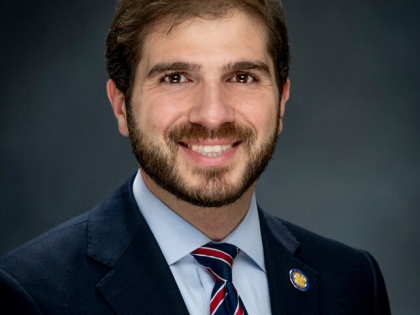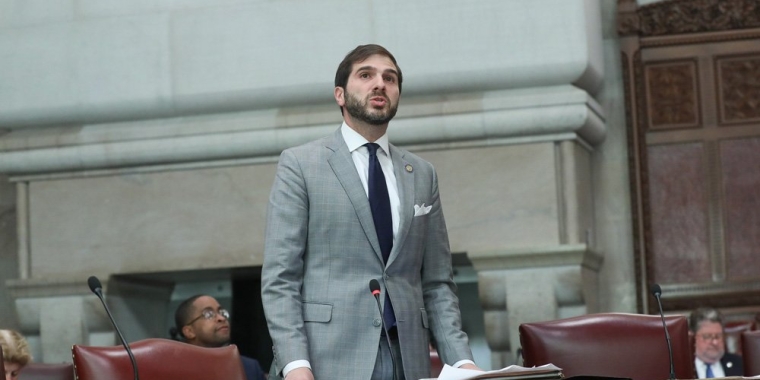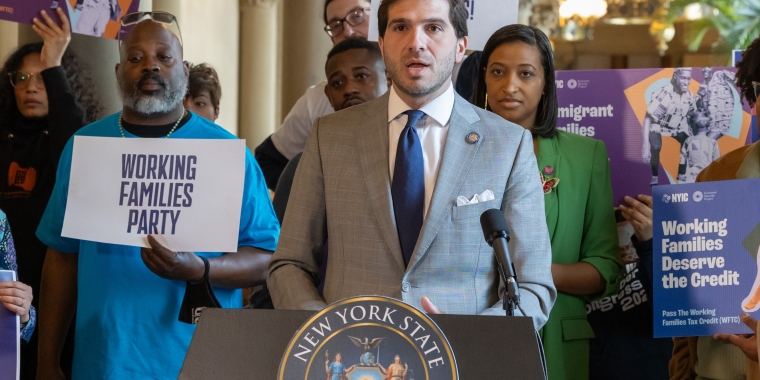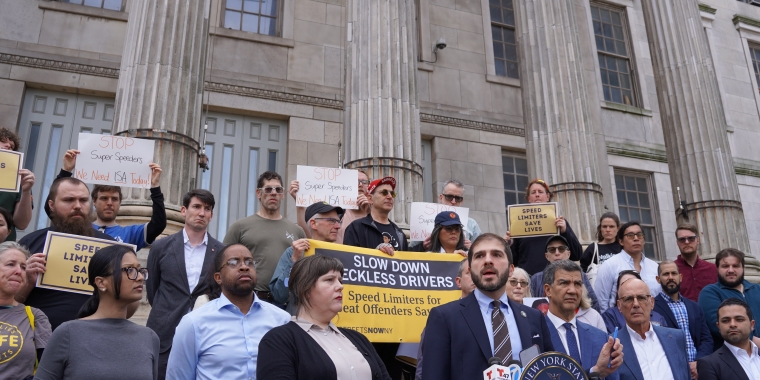
New speed camera law to face test as schools reopen

Officials held a press conference to tout the new law. Eagle photo by Paula Katinas
The start date for New York City schools — Thursday, Sept. 5 — is also a good time to remind drivers that the state’s new, stricter speed camera law is now in effect.
The law went into effect on July 11, but Sept. 5 marks the first day the cameras will be working while school is in session.
Here’s what you need to know:
- The cameras will be operating from 6 a.m. to 10 p.m. on weekdays in school zones all year around.
- The new law doubled the number of hours during which the cameras are on.
- The new law extends a school zone to a quarter-mile radius from a school building.
- A speeding ticket will cost you $50.
There are currently 320 cameras in fixed locations in school zones, along with 40 mobile cameras to catch speeders in the act. Under the new law, which was passed by the state legislature in March and signed by Gov. Andrew Cuomo in May, the city will have speed cameras in 750 school zones around the five boroughs by June of 2020.
The city plans to install speed cameras at the rate of 40 per month through the end of this year, according to Department of Transportation officials. In 2020, the pace will quicken to an installation of 60 cameras per month.
The cameras snap a picture of a car’s license plate when the driver is traveling at 10 miles per hour or more above the speed limit. The summons is then mailed to the car’s owner and adjudicated by the New York City Department of Finance.
State Sen. Andrew Gounardes, who sponsored the speed camera legislation, Assemblymember Mathylde Frontus, Brooklyn Transportation Commissioner Keith Bray, NYPD Chief of Transportation Thomas Chan, street safety advocates, educators and students gathered on Wednesday for a press conference outside Fontbonne Hall Academy, a Catholic high school for girls in Bay Ridge, to tout the new law.
The law has already had an effect, according to Bray, who said that 198,000 summonses have been issued since July 11. And the cameras are already proving to be a deterrent, Bray said. “More than 80 percent who get one summons never get another,” he said.
Gounardes said the cameras have proven to be effective. “We’ve seen the data. We know the facts,” he said.
The cameras’ operating hours were extended to reflect reality, Gounardes said. Schools are no longer open just from 7 a.m. to 3 p.m., he said.
DOT is carefully considering exactly where in a school zone to put the cameras, Bray said. As an example, he pointed to Fontbonne Hall Academy. DOT didn’t put a camera at Shore Road and 99th Street, outside the school, because the majority of students don’t cross Shore Road to get to school. DOT installed the camera on Third Avenue and 99th Street, a block away. Many students cross that street to get to and from school, he said.
Fontbonne Hall Academy Principal Mary Ann Spicijaric predicted that the cameras will have a positive effect on students that will be far-reaching. If students feel more secure and safe traveling to and from school, it will be reflected in their classroom work, she said.
Isabella Chirico, a Fontbonne senior, said she is grateful for the new law. “It’s definitely nice to know there are cameras,” she said.
Along with the cameras, New Yorkers will be seeing stepped-up enforcement by police, Chan said. “The public can expect the NYPD to target speeding in an around school zones,” he said.
An analysis done by the NYPD of accidents on New York City streets shows that, “The common thread is speeding,” Chan said.
Driving carelessly “is a cultural problem that we have to shift,” said Gounardes, who added, “I think we can do a lot more.”
Frontus called for an increase in fines and penalties against drivers who speed. “We have to do better to keep our streets safe,” she said. Frontus noted that between Jan. 1 and Aug. 15 of this year, 70 pedestrians have been killed on city streets.
“Most of these deaths are preventable,” Frontus said.
The human toll of pedestrian deaths is something Amy Cohen, co-founder of the group Families for Safe Streets, feels deeply. She lost her 12-year-old son Samuel Eckstein in 2013. “There is blood on our streets followed by a river of tears,” she said.



